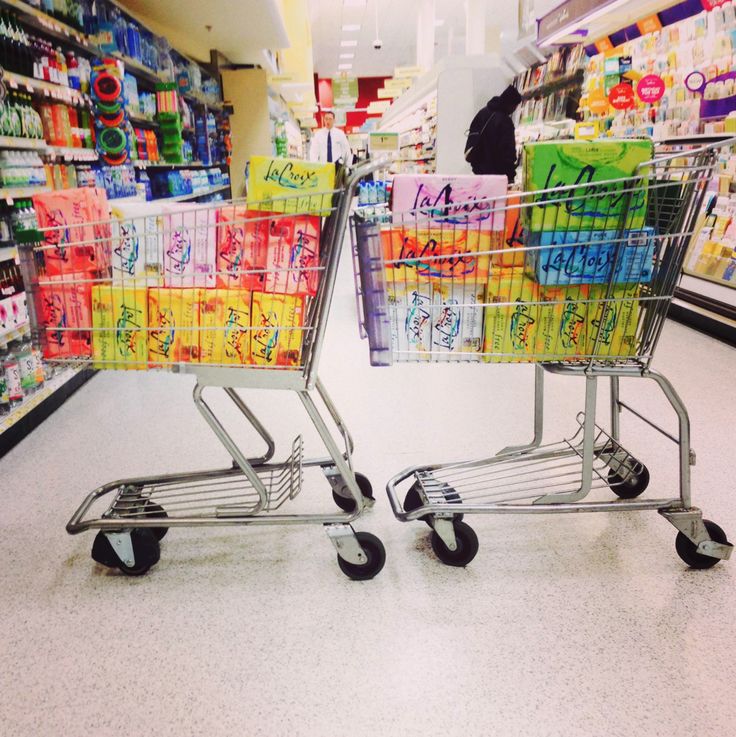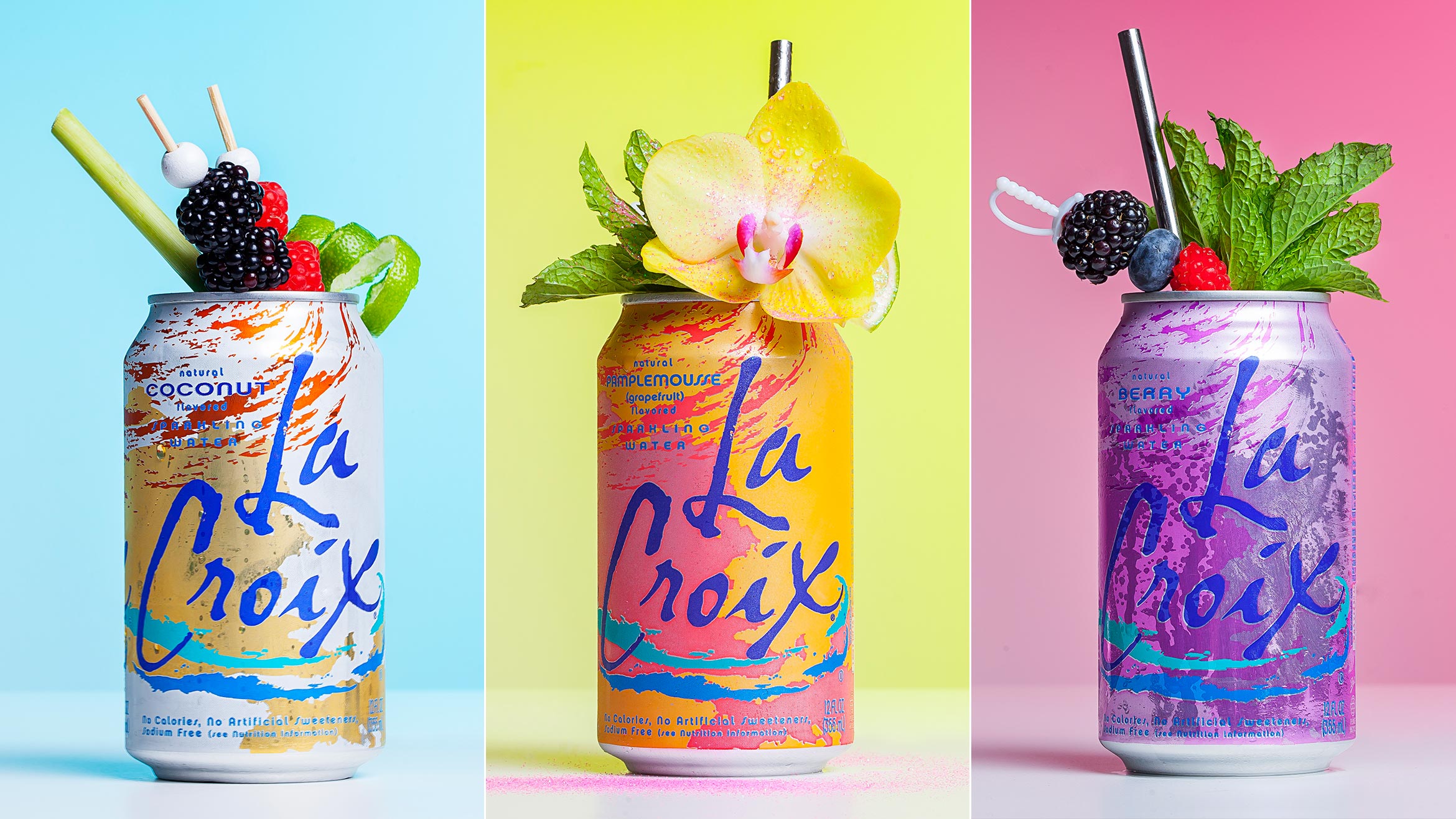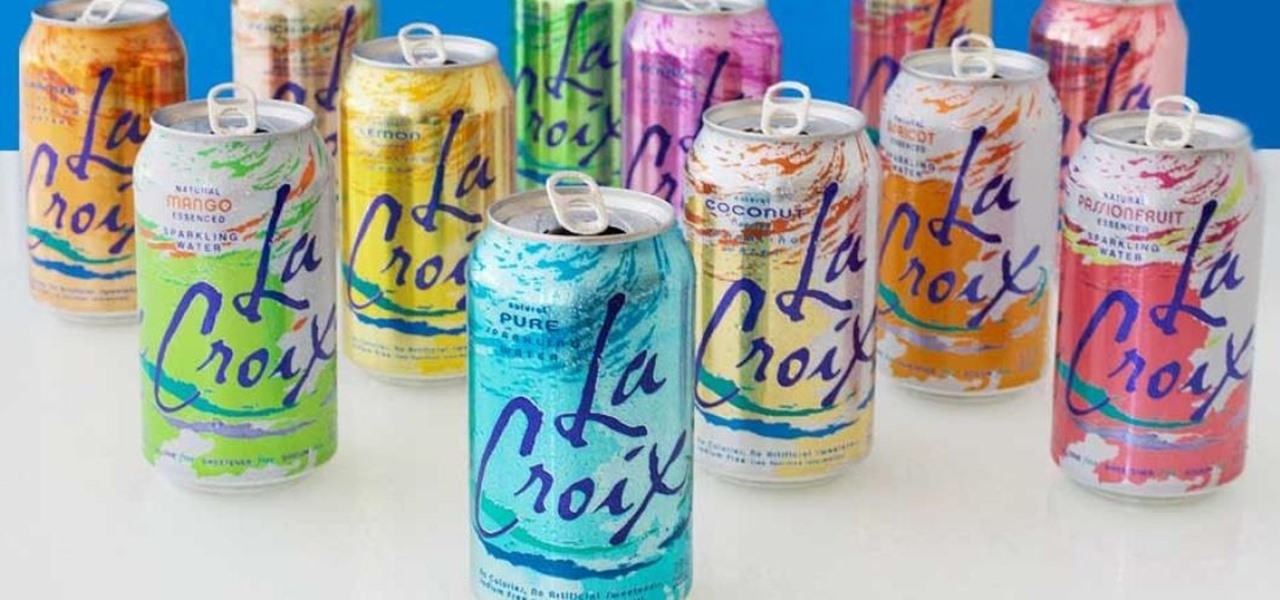What’s the Deal with This Fancy LaCroix Sparkling Water Anyway?
I don’t know if you’ve noticed but within the last couple years something interesting has happened in the water aisle at the grocery store. One side is regular ol’ bottled water and the other side, you might notice, is stocked full of bright, cheerful boxes of sparkling water. You’ve got your Dasanis, your Arrowheads, and of course your highbrow Perrier, but the king of them all, probably likely due to their bold, cheerful print and distinct fresh, crisp flavors, is LaCroix.

Hipster millennials everywhere are just filling their shopping carts and fridges full of these colorful cans. But why?? What is all this fuss about? Why is everyone drinking this sparkling water?
You also might be interested in learning more about it, seeing its January and a lot of us have lofty goals of trying to improve our health and detox our bodies of all those holiday goodies ;) So let’s find out a little more about this water that could be helpful (possibly your saving grace!) in obtaining your goals.
First things first: let’s get the name straight
La Croix. Obviously a French word so how do you say it? I went around pronouncing it like “La Croy” for a long time. Then one day I was watching a show where a snooty girl said “Would you like a “La Quaw”, which is how you would actually pronounce it in French. I went straight to Google to find out how you actually pronounce it so I could say it right once and for all!

History
In finding out about the name, I learned a little history about this water, which was cool. So, first things first it is not from France. This water is made in good ol’ Wisconsin, specifically La Crosse, Wisconsin. See the connection already?? The town La Crosse is named after the La Crosse river in Wisconsin. And just so you know, they want us to know it is pronounced LA-CROY, not “la quaw”. And don’t you forget it!
They came out with this water in 1981 and wanted to be the “Anti-Perrier” brand, meant to appeal to sparkling water consumers who were put off by Perrier’s “snobbish positioning”. LaCroix marketed to its niche by imaging itself as an “all occasion” beverage. It has been quite popular in the Midwest since the early 90’s but only recently did it become a phenomenon nationwide.
Interestingly enough, their signature bold and colorful approach for packaging was not favored by management. In 2002, they sought to rebrand their image and management wanted them to go with a clean and simple design like other water brands, but instead they went with the colorful, bold designs that won over target consumers by a landslide! This is a big reason why they are popular with Millennials today.
Social Media Influence
Which leads us to social media. Because of their fun, colorful packaging, it makes it VERY Instagrammable. Also, I have noticed people obsess over some of their cute names for their beverages. For example, their grapefruit flavor is called Pamplemousse, (the French word for grapefruit) but because of the cute colors on this can + the cool name = there are several Instagram account dedicated solely to the Pamplemousse LaCroix and creating funny memes about it.

Quite interesting.
Is it a healthy beverage?

With a lot of of diet and eating programs I have read, often times the choices for beverages are water or sparkling water like LaCroix. This is a very natural drink. It only consists of carbonated water and natural flavors of whatever flavor it is. No sugar or fake sweeteners and yet they are still very flavorful and refreshing! I don’t know how they do it!
Anyway, the bottom line is it is not French. It’s from Wisconsin so get out there and support Wisconsin and crack open a cold Pamplemousse, guilt free. I know I will be. I’ve actually got a 6 pack cooling in the fridge right now :)
- www.pinterest.com
- www.wikipedia.com
 Mary Richardson
Mary Richardson
Weekly Newsletter Contributor since 2014
Email the author! mary@dvo.com
